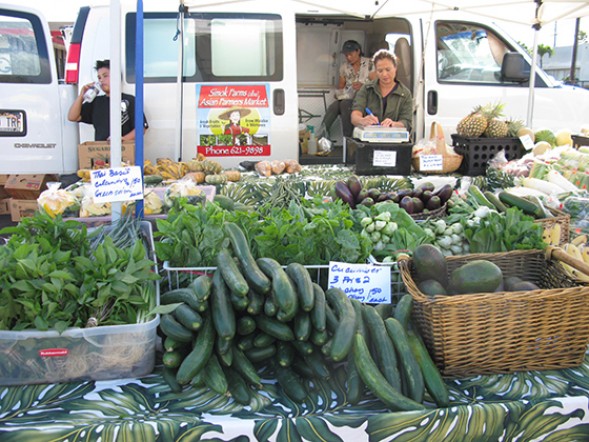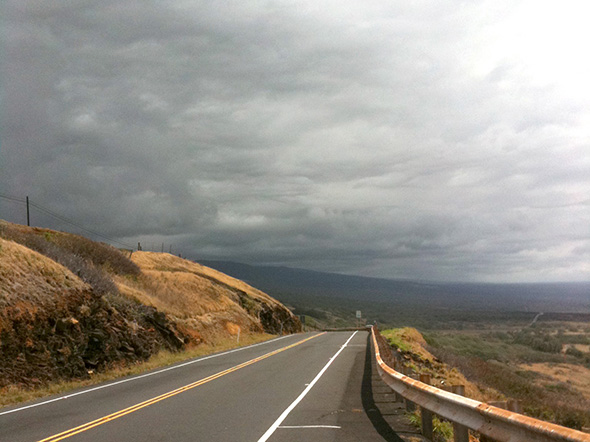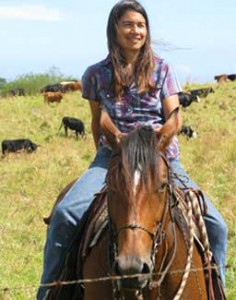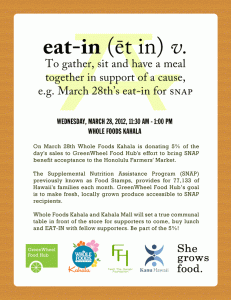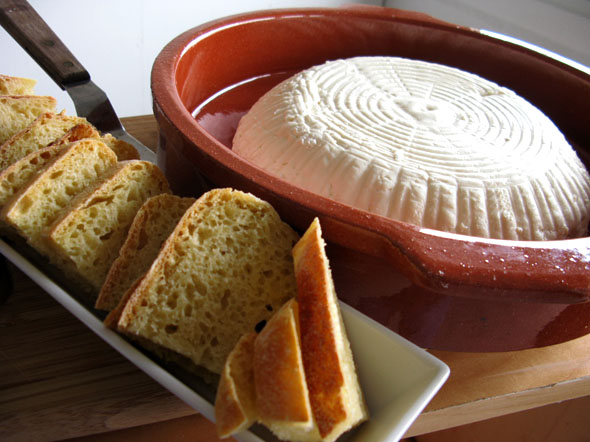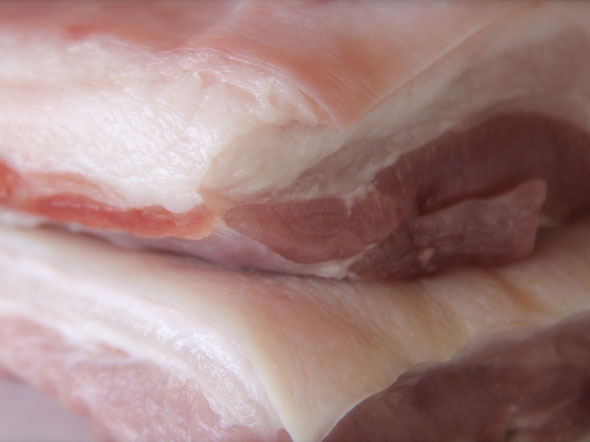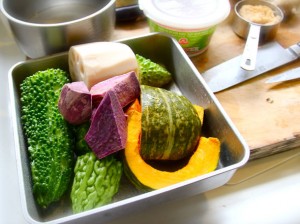by Michelle Galimba
What does truth taste like? What does justice taste like?
These might sound like terribly pompous questions to ask. But they are worth asking as we learn, un-learn, re-learn the question: “What is food?”
What is food?
Food – we speak of it as good or bad, as healthy or indulgent, pretty or ugly, tasty or yucky, clever or boring,strange or familiar, pure or tainted.
What is it that we eat? It was there before each of us, like the air we breathe, and yet more complexly given to us by each other – cultural, social, ecological. It is what we have absorbed already before we became conscious; it is what we are formed from. It is what our first thoughts were bent upon, what our bodies cried out for before there were words. Food is a feeling, an interchange with the world, a necessary blessing.
Food can be beautiful and good. It should be so. Because it is the flower of the entirety of our knowledge, because it is the will of the community to nourish and sustain, to embody itself, animate itself. Because it is the form and medium of our conversation with the web of life, in which humans are but one node.
95 madison ave morristown nj
richard oliver dmd
nyc invisalign
asheville downtown condos
The pathway of food should be known by all – its path from earth to belly and back to earth. What knowledge is more necessary?
Truth might have a taste. Would we know it when we tasted it?
At L’Ulu a year or two ago, Chef Ed Kenney of Town Restaurant handed me a little plate on which was half of a baby turnip with top attached, glazed with a slightly sweet clear sauce and sprinkled with a few crunchy popped grains. It made me think again about turnips. I had no idea they could be so lyrical. Like a fine green tea with all those scents and flavors of grasses and flowers, of crushed leaf and ground mineral, but more homely, like a turnip is, even when a baby turnip. It seems to me now that Ed Kenney was truthful with that turnip.
Which was a risky thing to do, because, of course, the turnip was very much outgunned and over-shadowed by the flashy, dazzle-y flavors of the usual sort of luxurious concoctions at these culinary grazing events. You know, shrimp and saffron, champagne and mangoes, beef and lobster.
But the turnip was there giving testament. It was clear that Ed Kenny knew these turnips. That they were not just ingredients in a list at the beginning of a recipe; that he had seen and even, perhaps, tasted the soil they grew in, had seen them grow from seed to seedling, to harvest; that he understood their cultivation.
Cultivation, what a miracle it is: the long, long partnership between human and turnip for centuries and millennia, generation upon generation; our relationship to the wild ancestor of the turnip that we met and knew long ago as wild beings ourselves – hunters and gatherers – and brought along with us, brought into our fold, as we became farmers and then scientists, constructed our cities, and then our civilizations. Without turnips and wheat, rice and taro, soy and corn, eggplant and cucumber, we would not be what we are – artists, scientists, businesspeople, teachers – and they would not be what they are without us, and our shaping, our planting and harvesting, measuring and selecting. Our very minds exist within an unacknowledged reciprocity. The civilization that we enact by our highly specialized jobs and technologies cannot exist without the simple turnip.
How do we do justice to the turnip?
Perhaps, simply to remember what it is and what we are, not to forget our long journey together; to taste the reality – bitter, earthy, sweet – of the turnip and remember.




